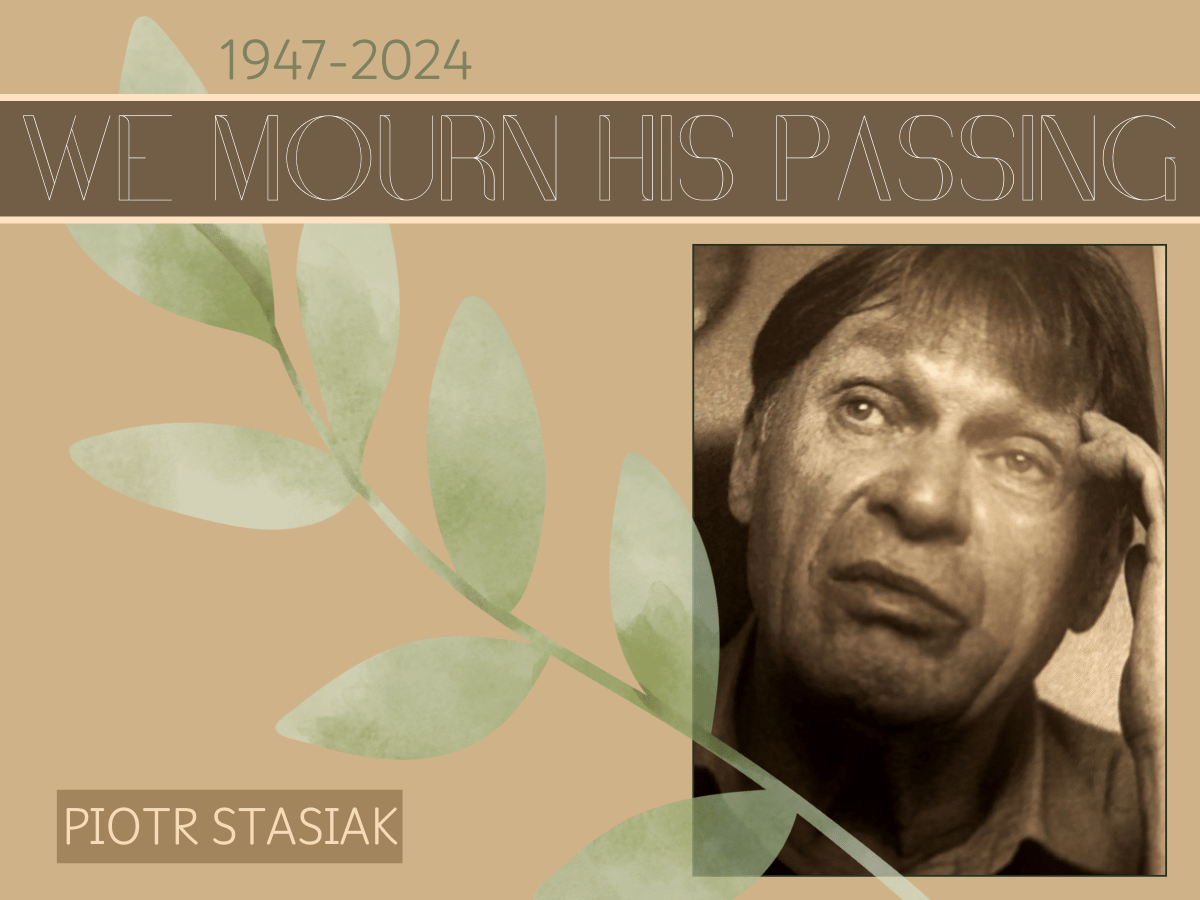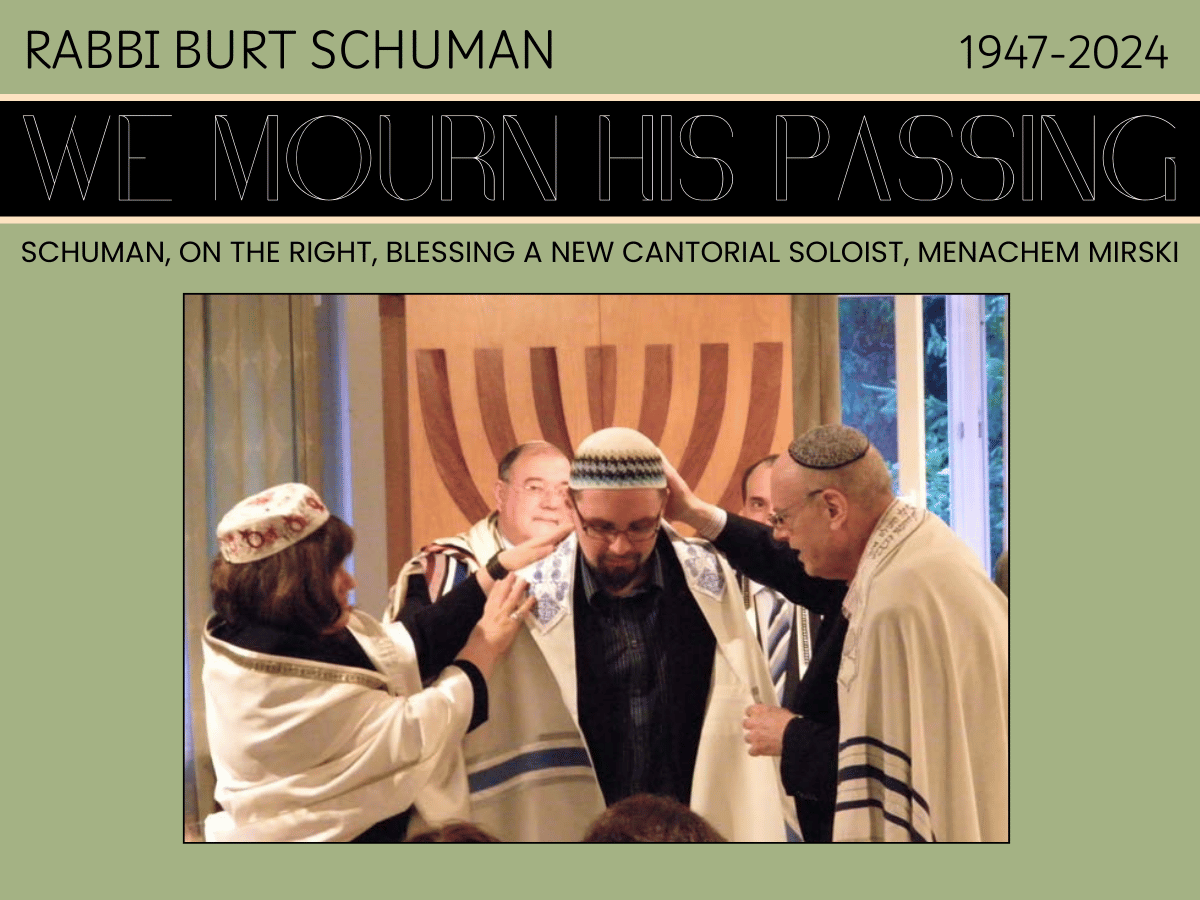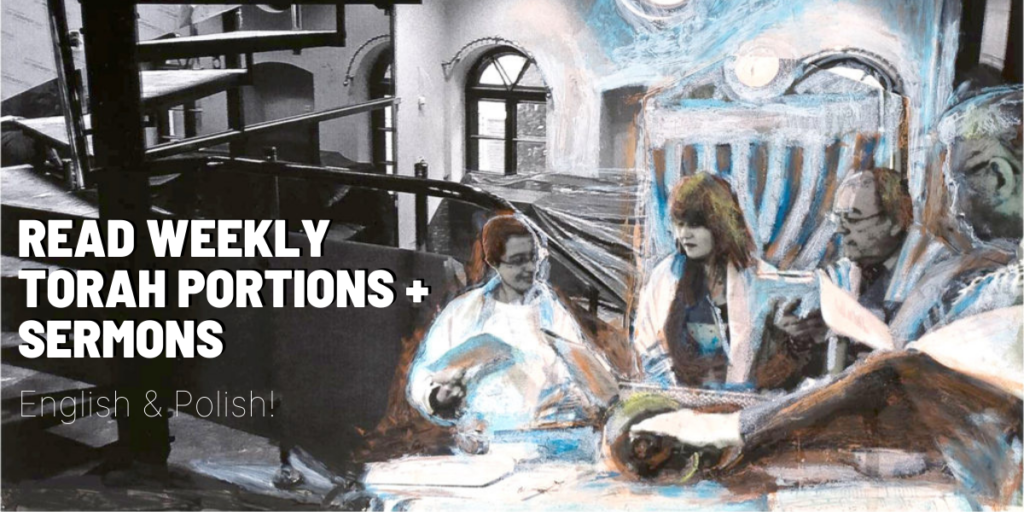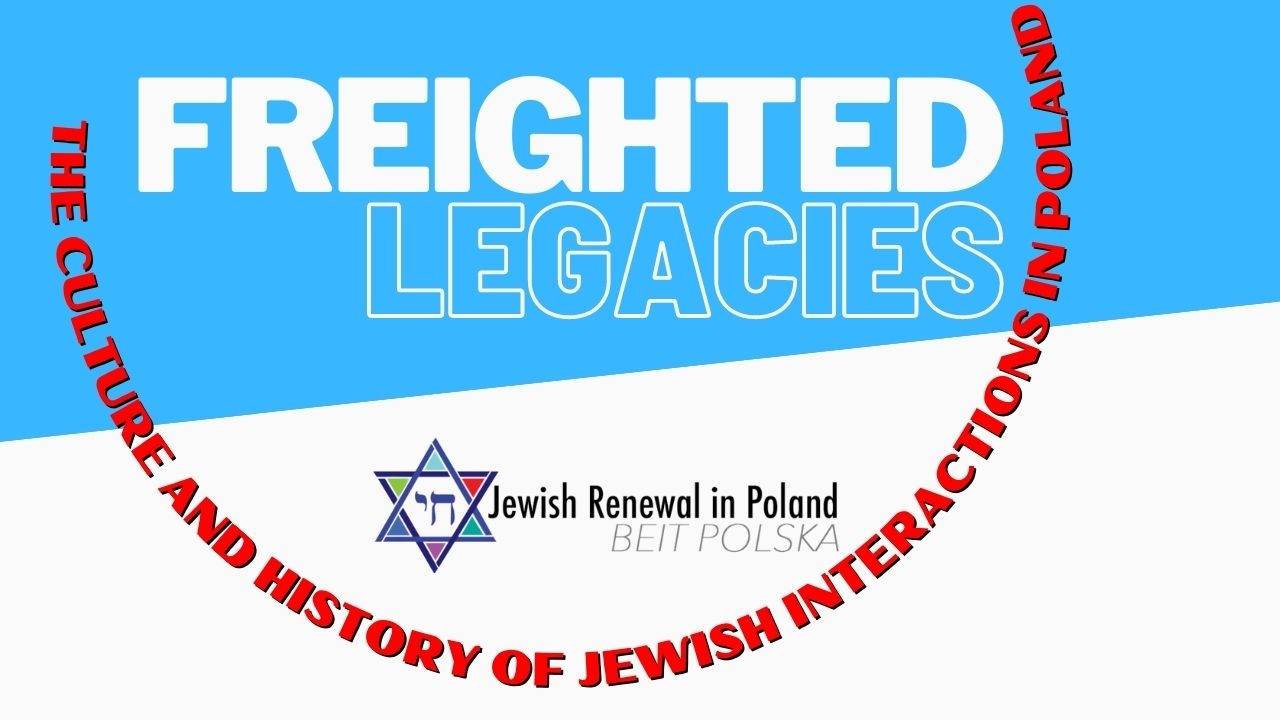
Mati Kirschenbaum
There are three different names associated with Pesach (or Passover). The first one is Chag HaMatzot, the Festival of Matzah, which refers to the unleavened bread we eat during this time to commemorate the haste in which the Israelites left Egypt. The second name is Chag HaAviv, the Festival of Spring, which reminds us of where Passover falls within the Jewish calendar: in non-leap years the beginning of this festival falls on the night of the first spring-time full moon. Thus Passover symbolizes the revival of nature after winter. The third name for Passover is Zman Cheruteynu, “the Time of our Freedom,” which reminds us that we must perceive the Exodus as a universal Jewish experience, as if we personally had been Pharaoh’s slaves who’ve later been liberated.
When I was a child, Passover for me was definitely the Festival of Matzah – matzah brought home by my grandfather and my dad. I remember how they would admonish me and my brother to always use a plate while eating it so that we wouldn’t drop crumbs everywhere. I must admit that I did not always follow their instructions. For this reason despite the pre-Passover spring cleaning our house was full of crumbs, which reminded us of the Israelites’ hurried Exodus from Egypt (and how they also ate their matzah in haste, without a plate!)
For me Passover was also the Festival of Spring, since in my hometown of Wrocław nature would usually wake up to life at this time. However, as a teenager I could not understand why on the first day of Passover we stop praying for rain and start praying for dew instead. Only many years later, during a springtime visit in Israel, I realized that at the time of Passover the Middle Eastern vegetation is in a state of full bloom – it no longer needs life-sustaining rain, but it does require dew to save it from withering due to the impact of light and heat which those of us living in Poland associate mainly with early summer rather than with the arrival of spring.
I understood very well the connection between Passover and matzah – the symbol of the Israelite’s liberation from Egypt, and also the link between Passover and springtime – the season of the year in which we celebrate this festival. However, as a teenager I had a hard time accepting Passover as the ”Time of Our Freedom”. I rebelled against this notion, since in my mind freedom meant not being forced to do any compulsory actions as well as the right to make sovereign decisions regarding one’s own life. I thought such a definition of freedom was impossible to reconcile with a festival during which we are obliged to feel liberated. However, over the course of years I understood that freedom can be defined in many different ways. Nowadays the classification of different types of freedoms which I find the most convincing is the one proposed by the German philosopher Georg Wilhelm Friedrich Hegel, who distinguished between “freedom from something” and “freedom to do something.” “Freedom from” is a negative freedom, understood as a lack of external coercion, such as freedom from persecution, freedom from fear, freedom from hunger etc. On the other hand, “freedom to…” is a positive state, wherein free individuals are able to make autonomous choices. I believe that “freedom from” must have been exactly what the teenage Galician Jew Naftali Herz Imber was dreaming of as he experienced anti-Semitism in his hometown of Złoczów. It was actually the longing for such freedom that could have inspired the words of his poem Hatikvah, which today is Israel’s national anthem:
[perfectpullquote align=”full” bordertop=”false” cite=”” link=”” color=”” class=”” size=””]Then our hope –
the two-thousand-year-old hope –
will not be lost:
To be a free people in our land,
The land of Zion and Jerusalem.[/perfectpullquote]
I’m sure that the participants of the First Zionist Congress in Basel were longing not only for a “freedom from”, but also for a “freedom to…”, a freedom to decide about their own lives, to make autonomous choices and for self-determination. This dream came true in 1948 and soon we will be celebrating the 70th anniversary of Israel’s independence. An independent State of Israel established after centuries of Jewish dispersion in the Diaspora is such an extraordinary development that one of my Israeli friends claimed that it is actually Yom HaAtzmaut – the Israeli Independence Day – and not Passover that deserves to be called “the Time of our Freedom.”
While I truly respect my friend’s views and I already look forward to this year’s Israel’s Independence Day, nonetheless I cannot agree with his assumption that this groundbreaking moment in the history of our People (and the establishment of the State of Israel was undoubtedly a crucial event) should be viewed as the beginning of a permanent “Time of Our Freedom.” In my view this is not how the Hegelian notion of “freedom to…” should be understood. I believe this type of freedom entails a constant decision making process and also the need to constantly take responsibility for the country and the society we live in. It is not an easy process and therefore it’s a good thing that we have days in our calendar which force us to reflect on the role which freedom plays in our lives. And in our tradition Passover is indeed the festival which plays such a role. Therefore I encourage all of you to take the time during this year’s Seder to ask yourself 4 questions regarding freedom which correspond to the 4 questions concerning the distinctive features of the Seder night.
The questions are as follows:
1. What does freedom mean to me?
2. What is currently enslaving me?
3. What changes made in the past have given me greater freedom?
4. What actions could help me enjoy greater freedom in the future?
I believe that the answers to these questions will be helpful in the process of leaving your own personal Egypts. Have a joyful and kosher Passover – Pesach Kasher veSameach!
Translated from Polish by: Marzena Szymańska-Błotnicka















Leave a Reply